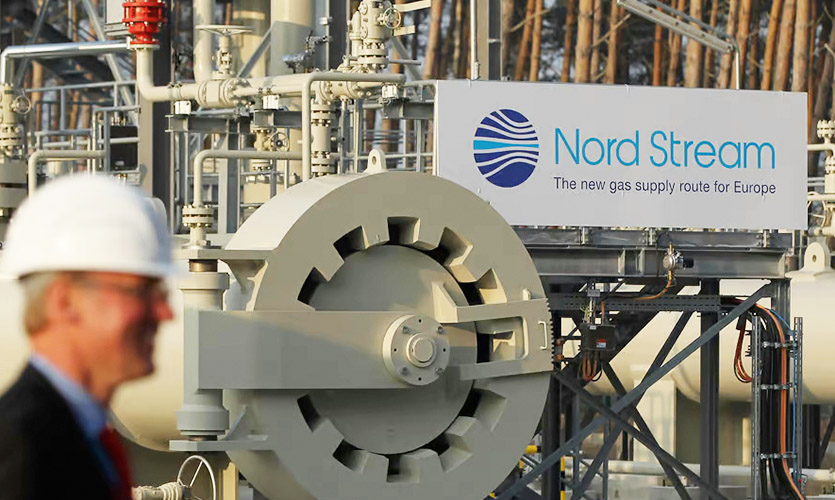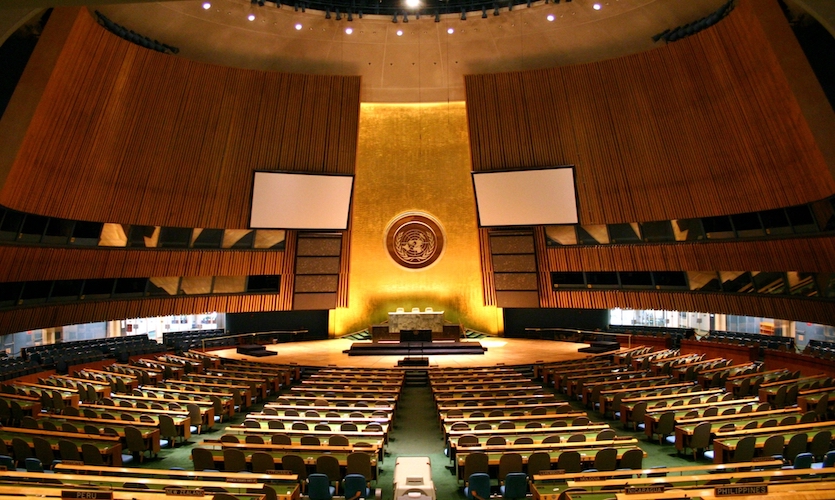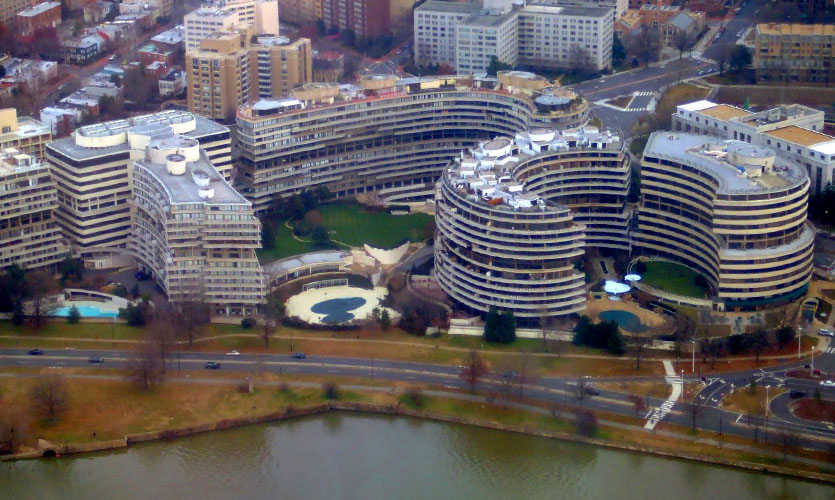As Western pressure continues to mount on Russia over its invasion of Ukraine, the operator of a large pipeline said, on Thursday, that it would resume supplying gas via the pipeline to Europe. A spokesperson for Nord Stream told Reuters that restarting the pipeline at reduced capacity after a 10-day maintenance break could take several hours.
Russian Foreign Minister Sergei Lavrov has stated the Kremlin’s objectives had expanded during the five-month conflict, which led to resumption of the pipeline. In an interview with RIA Novosti, on Wednesday, Lavrov said that Russia’s military presence in Ukraine now extends beyond eastern Donbas. According to the Russian foreign minister, the West should continue to supply Kyiv with long-range weapons like the High Mobility Artillery Rocket Systems (HIMARS) made by the United States.
“That means the geographical tasks will extend further from the current line,” he said, emphasising the futility of peace talks. The Kremlin’s spokesperson told the RIA later that Moscow is not closing the door on talks with Kyiv, despite Lavrov’s remarks.
On Wednesday, in an emergency measure, the European Union had urged its 27 member states to decrease gas consumption by 15 percent, due to concerns that Moscow might stop sending gas through the Nord Stream 1 pipeline. The EU’s executive body, the European Commission, unveiled a plan for how nations could get ready for the winter when their demands for energy are significantly greater. The plan entailed each of the 27 EU countries to update their national emergency plans, and submit a progress report to the commission every two months. Up to this point, 12 member nations have seen restricted gas flows, while a few more have completely lost access to Russian supplies.
The strategy is being implemented as Russia’s energy powerhouse, Gazprom, asserts that it cannot fulfil gas contracts with the bloc. This is causing serious problems for European countries given their reliance on Russian energy prior to the invasion of Ukraine.
“Russia is blackmailing us. Russia is using energy as a weapon,” declared EU Commission president Ursula von der Leyen, calling a shutdown of Russian gas flows an “inevitable scenario” for which “Europe needs to be ready”.
According to an OMV spokesperson, Gazprom has signalled that it will deliver around 50 percent of the gas it agreed to deliver via Nord Stream, the same level as just before the shutdown. Despite accusations from the West, Russia has maintained that it has been a reliable energy supplier. Interfax News Agency quoted Russian Deputy Prime Minister Alexander Novak as saying that if a price cap is imposed below the cost of production, Russia will not supply oil to the world market.
As Russian ground forces attempt to advance further in the two Donbas regions, the Ukrainian military reports heavy and sometimes fatal shelling by the Russians. Serhiy Gaidai, the regional governor of Luhansk, said on Telegram that the Russian artillery has likely covered every square metre of land in the region.
Ukrainian forces said that in the previous 24 hours they had killed more than 100 Russian soldiers in the south and east, and destroyed 17 vehicles, some of which were armoured.
The Russian-installed administration in the partially occupied Ukrainian region of Zaporizhzhia said that Ukraine had conducted a drone strike on a nuclear power station there, but the reactor was not damaged. TASS reported that multiple explosions were heard in the Russian-controlled southern region of Kherson overnight, and into Thursday. Millions of people have been displaced by Russia’s invasion, thousands of cities have been destroyed, and many of these cities are located in the Russian speaking regions of Ukraine. As Ukraine and Russia are both significant grain producers, the conflict has also increased the price of energy and food globally, and heightened worries of starvation in less developed nations.
According to CIA Director William Burns, the United States thinks that there have been around 15,000 killed, and probably 45,000 injured Russians in Ukraine, to date. Even in times of peace, Russia considers military fatalities to be state secrets, and has not routinely updated its official casualty data.
The US guaranteed that it would resist annexation, after saying that it believed there were indications that Russia was getting ready to legally annex land it had taken over in Ukraine. Russian-speaking separatist entities in both provinces, the Donetsk and Luhansk People’s Republics (DPR and LPR), collectively known as the Donbas, are supported by Russia, which annexed Crimea from Ukraine in 2014.
Nearly five months after Russian President Vladimir Putin gave the order for the invasion on February 24, while denying that Russia wanted to invade its neighbour, Lavrov is the most senior official to explicitly discuss Russia’s war ambitions in geographical terms. At the time, Putin had declared that his goal was to “deNazify” and demilitarise” Ukraine, which Kyiv and the West saw as a cover for an imperial-style war of expansion.
Since Russian and Ukrainian diplomats had peace negotiations in Turkey in late March that failed to yield any progress, Lavrov told RIA Novosti that geographical realities had altered.










